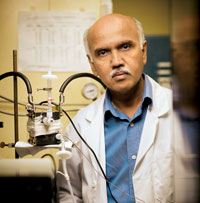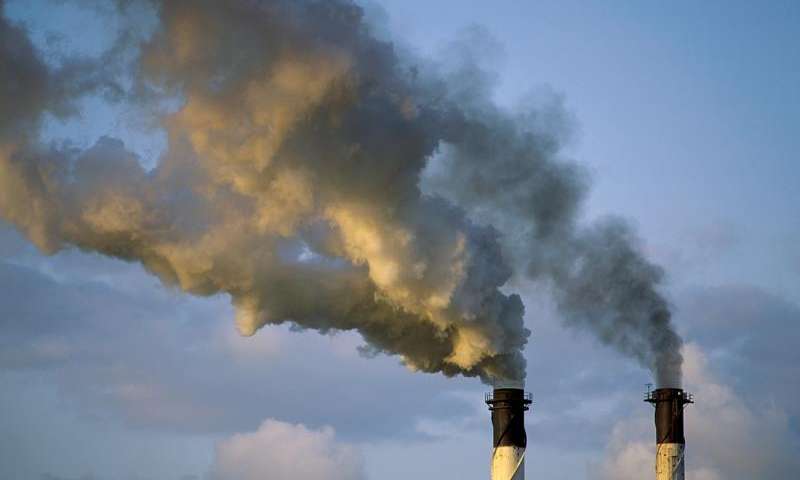
A fuel source that actually helps the environment, instead of further polluting it, could soon be a reality.

Researchers have demonstrated that CO2 captured from the air can be
directly converted into methanol (CH3OH) using a homogenous catalyst. Using this method, harmful CO2 is removed from the atmosphere and the methanol can be used as an alternative fuel to gasoline.
The study was led by G. K. Surya Prakash, a chemistry professor at the University of Southern California, along with the Nobel laureate George A. Olah, a distinguished professor at the University of Southern California.
The researchers have published their paper on the CO2-to-methanol conversion process in a recent issue of the Journal of the American Chemical Society.
A Greener Option

“Direct CO2 capture and conversion to methanol using molecular hydrogen in the same pot was never achieved before. We have now done it!” Prakash told Phys.org.
Researchers have always been interested in ways to recycle CO2 into something useful. Methanol is an especially attractive option because of its use as an alternative fuel, in fuel cells, and for hydrogen storage.
A key factor in the CO2-to-methanol conversion process is finding a good homogeneous catalyst, which is essential for speeding up the chemical reactions so that methanol can be produced at a fast rate.
The problem is that these reactions require high temperatures (around 150 °C), and unfortunately, the heat often causes the catalysts to decompose.
In the new study, the researchers developed a stable catalyst that does not decompose at high temperatures. The good stability means that it can be used repeatedly for continuous production of methanol. With this new catalyst, the researchers were able to demonstrate that up to 79% of the CO2 captured from the air can be converted into methanol.
The Future of Fuel
The researchers hope that, one day, their work will contribute to a methanol economy, in which fuel and energy storage are primarily based on (you guessed it) methanol. This plan involves developing an “anthropogenic carbon cycle” in which carbon is recycled to supplement the natural carbon cycle.
Nature can’t recycle carbon from fossil fuels as quickly as we burn them. By converting some of the carbon we release back into an energy source, we could counteract some of the CO2 we release.